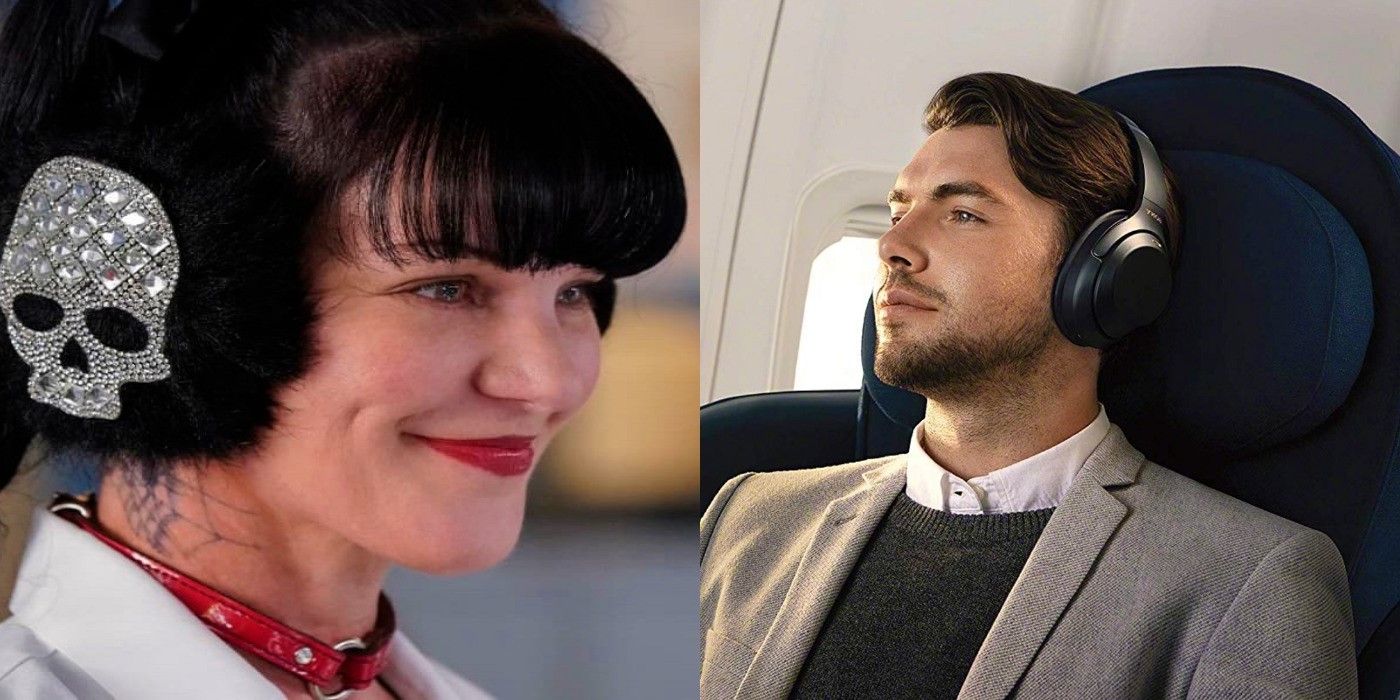Active and passive noise-canceling headphones aim to achieve the same thing although both types of noise-cancellation aren't exactly as straightforward as their names imply. There's a good reason why some of the best headphones utilize noise-cancellation technology, but understanding how the feature works can help to ensure users get the most out of the experience.
Noise cancellation helps in filtering out unnecessary background noise from the more essential sounds. In microphones, this separates ambient voices from the voice coming through the mic itself, making the caller sound clearer. However, noise-cancellation becomes a bit more complex when applied to headphones. Sure, its objective is still the same, to cancel out most sounds that are considered unwanted noise, but the method of accomplishing this varies from one set of headphones to the next. Just because a certain pair of noise-canceling headphones is effective in one particular case, doesn't mean it can be just as efficient in another scenario. This is exactly why shopping for the right one is all the more essential.
Two of the most common types of noise-cancellation methods in headphones are passive and active, and both can be used separately or utilized together. Passive noise-cancellation, otherwise known simply as noise isolation, is the method of filtering out noise by relying purely on the hardware alone. This could take the form of ear muffs that are heavily-padded or headphones designed to make a tight seal around the ears to drastically reduce noise. According to Jabra, passive noise-cancellation is most effective in blocking out erratic, high-frequency noise, such as loud chatter or crackling fireworks. Active noise-cancellation, on the other hand, is more effective in dealing with constant, repetitive low-frequency noise, such as the buzzing sound of an airplane engine, or the humming noise of a refrigerator, using the headphone's software and mics. Unlike passive noise-isolation, which is normally on by default, active noise-cancellation, as its name suggests, usually requires activation of a specialized mic that detects external noise patterns, then generates a sound to neutralize most traces of the noise.
Passive & Active Noise-Canceling Compared
Active noise-cancellation is easily the more advanced method out of the two types, but most headsets utilizing this technology are usually more expensive, not to mention they tend to drain the battery faster as well. There's also a chance that even pricey ANC-equipped headphones might still not block out loud yells or distracting voices from a TV as efficiently. Passive noise isolation headphones are often inexpensive and don't drain the battery as fast, but consistently bothersome humming noises can still penetrate its defenses. These issues are exactly why certain headphones like the JBL Quantum 800 combine both passive noise-isolating hardware with cutting-edge active noise cancellation software.
The proper implementation of both types of noise-cancellation methods is key in coming up with a pair of headphones that can handle every type of noise-pollution scenario. Of course, not all noise-cancellation methods are created equal, and the overall efficiency will depend on the design of the headphones, as much as the software being utilized. Factors such as how snug the fit is, how thick the ear cups are, the materials being used, the amount of noise-canceling mics utilized (and even their placement on the device), all determine how good a pair of headphones are at handling noise. Despite their smaller form factor, earbuds can also be just as good at accomplishing this. This is why both the AirPods Pro and Galaxy Buds Live have ANC features as well, and the effectiveness of canceling noise can be even greater, considering how these buds sit much closer to the ear.
Source: Jabra


